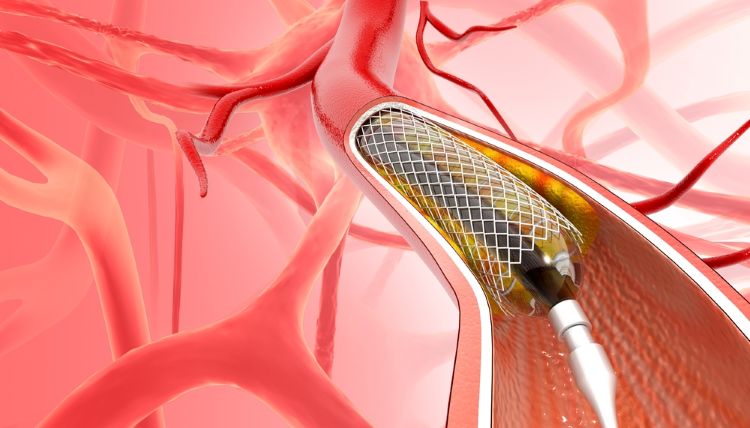Sirolimus-eluting balloon offers potential “paradigm shift” in restenosis treatment
Treatment provided a promising alternative to standard care in repeat percutaneous coronary interventions in the first-of-a-kind trial.
Researchers from The Mount Sinai Hospital have reported a safer and simpler alternative to standard treatment for coronary in-stent restenosis (ISR) in individuals undergoing repeated percutaneous coronary intervention (PCI).
The Selution Sustained Limus Release Balloon uses the immunosuppressive medicine sirolimus, also known as rapamycin, to prevent restenosis. In SELUTION4ISR, the first US-regulated, and largest randomised trial evaluating a sirolimus-coated balloon against ISR standard of care, it showed comparable efficacy with standard treatment.
For PCI, this involves implanting a permanent metallic drug-eluting stent to open the artery. Patients are also put on an antiplatelet therapy. ISR patients require additional stents, and for those who cannot tolerate either these or prolonged antiplatelet therapy, are fitted with a non-drug-coated balloon that expands the artery.
In those with diabetes or high bleeding risk, a balloon coated with US Food and Drug Administration (FDA)-approved paclitaxel is used as another treatment option.
For the first time, we’ve shown that a sirolimus-eluting balloon can match the outcomes of standard care for in-stent restenosis while avoiding yet another metal layer”
Dr Roxana Mehran, co-Principal Investigator of the trial, explained: “For the first time, we’ve shown that a sirolimus-eluting balloon can match the outcomes of standard care for in-stent restenosis while avoiding yet another metal layer….This may be particularly valuable for those who already have multiple stent layers, where adding more metal may increase risk or complicate future procedures.”
She noted that the study “represents an important advance in how we manage restenosis. Patients with multiple stent layers have long faced limited options. A drug-eluting balloon that performs as well as a new stent could be a true paradigm shift.”
Key findings from the SELUTION4ISR trial
Of the 418 participants with coronary ISR who had either one or two previous stents, 197 were given the sirolimus balloon. A total of 193 patients received standard care (80 percent of these received new drug-eluting stents and 20 percent had plain balloon angioplasty).
Repeat stenting for patients with only one previous stent layer performed somewhat better than the balloon. In patients treated with balloon angioplast, the sirolimus balloon outperformed non-coated balloons, according to the findings.
However, one-year results showed non-statistically significant results for target lesion failure (primary outcome). The rate was similar between the groups: 16.2 percent in patients treated with the sirolimus balloon and 13.5 percent in those given standard care.
A long-term five-year follow up is ongoing to evaluate durability of the data.
Results from the SELUTION4ISR trial were presented at the 2025 Transcatheter Cardiovascular Therapeutics conference in San Francisco, US.










